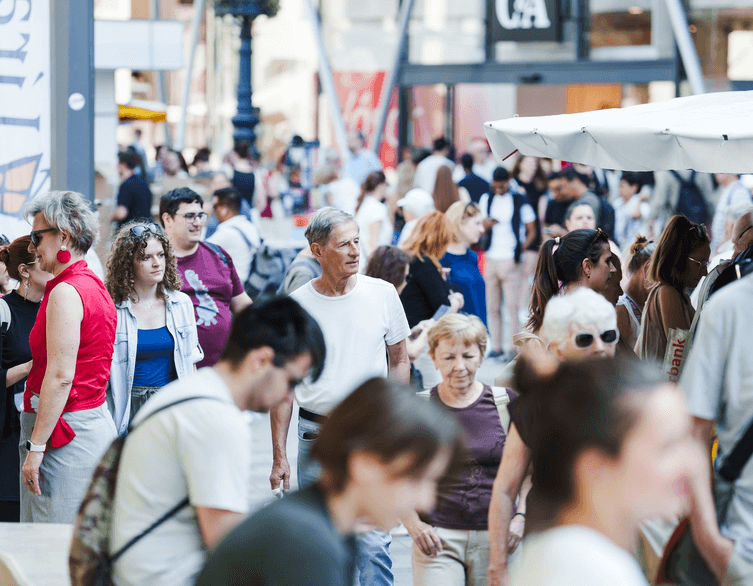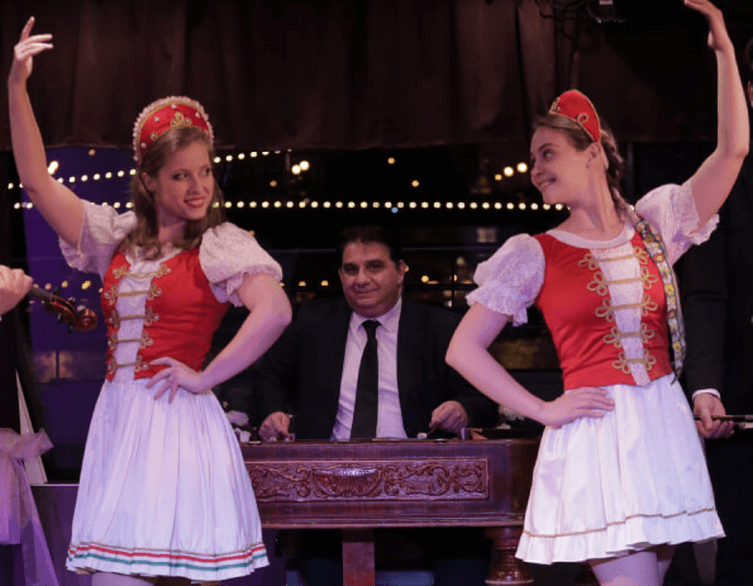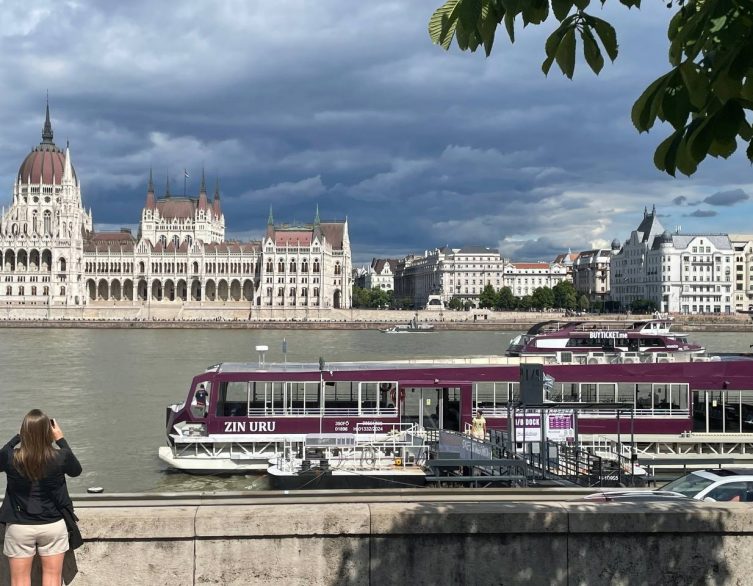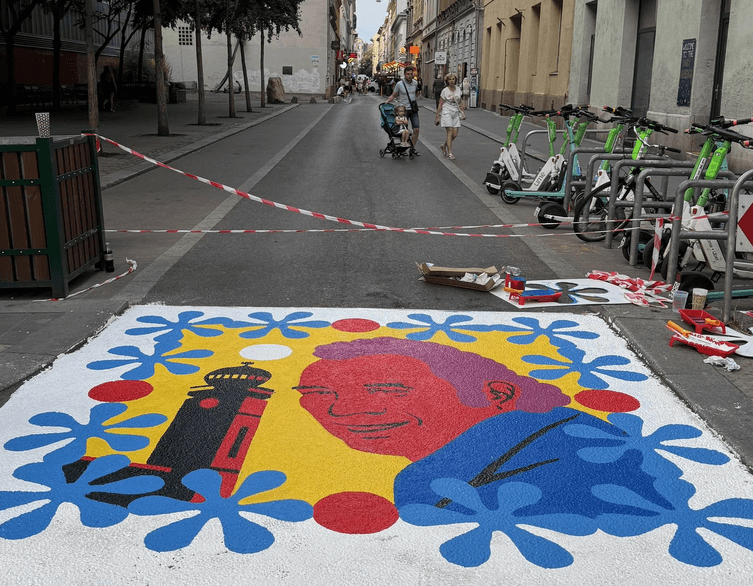Budapest’s Historic Jewish Quarter Gets a Pedestrian-Friendly Makeover

Budapest’s vibrant Jewish Quarter is about to become even more enchanting for visitors, as the city implements sweeping traffic changes that will transform several historic streets into pedestrian-friendly zones. Starting June 22, 2025, some of the most beloved streets in the Inner-Erzsébetváros district will prioritize foot traffic and cyclists over cars, creating a more relaxed and enjoyable experience for the thousands of tourists who explore this culturally rich neighborhood every day.
The Heart of the Change: Kazinczy Street Goes Car-Free
The most significant transformation affects Kazinczy Street, one of the Jewish Quarter’s most iconic thoroughfares. The section between Rákóczi Road and Dob Street will become completely pedestrian-only, allowing visitors to stroll leisurely past the famous ruin bars, vintage shops, and kosher restaurants that line this historic street. This change represents a major shift in how tourists can experience one of Budapest’s most atmospheric neighborhoods.
The pedestrianization doesn’t stop there. Dob Street, between Rumbach Sebestyén Street and Síp Street, will also become a walking-only zone on a trial basis, along with a section of Csányi Street from the underground garage to Dob Street. These changes create an interconnected network of car-free streets that will make exploring the area’s rich Jewish heritage much more pleasant and safe.
Enhanced Access with Smart Restrictions
While prioritizing pedestrians, the new system isn’t completely restrictive. Certain areas will require special permits for vehicle access, ensuring that residents and businesses can still function normally while maintaining the pedestrian-friendly atmosphere. The Madách Imre Road between Rumbach Sebestyén Street and Asbóth Street will require permits for vehicle entry, as will the Asbóth Street corridor.
One particularly thoughtful addition is the nighttime restriction on Akácfa Street between Wesselényi Street and Dob Street, where vehicles will be prohibited from 9 PM to 6 AM. This change addresses noise concerns while allowing the area’s famous nightlife venues to operate more harmoniously with the surrounding residential community.
What This Means for Tourists
For visitors exploring Budapest’s Jewish Quarter, these changes represent a significant improvement in the sightseeing experience. The pedestrian zones will make it much easier to appreciate the area’s remarkable architecture, from the stunning Dohány Street Synagogue to the charming pre-war buildings that house today’s trendy cafes and galleries.
The car-free environment will be particularly beneficial for photography enthusiasts who want to capture the quarter’s unique atmosphere without dodging traffic or dealing with parked cars blocking their shots. Street performers and outdoor dining will likely flourish in these newly peaceful spaces, adding to the area’s already vibrant cultural scene.
Best deals of Budapest
Practical Considerations for Visitors
Tourists staying in accommodations within the affected areas need not worry about access. The permit system ensures that legitimate needs are met, including moving services, deliveries, and emergency vehicles. For visitors with mobility challenges, the regulations specifically accommodate vehicles transporting people with disabilities, maintaining accessibility while improving the overall pedestrian experience.
The changes also include the establishment of concentrated loading zones throughout the area, ensuring that businesses can continue to receive deliveries and services without disrupting the pedestrian-friendly atmosphere. These designated areas will be strategically placed to minimize any inconvenience while maintaining the car-free zones’ integrity.
A Summer Trial with Permanent Potential
The current implementation serves as a summer trial period, running through the end of the season while city officials and traffic experts collect feedback and monitor the changes’ effectiveness. This approach allows for adjustments and improvements based on real-world experience before making the modifications permanent in the fall.
The trial period demonstrates Budapest’s commitment to creating a more livable and tourist-friendly city center while respecting the needs of residents and businesses. The Jewish Quarter, being one of the most densely populated and heavily visited areas of Budapest, serves as an ideal testing ground for these progressive urban planning initiatives.
The Bigger Picture: Budapest’s Urban Evolution
These changes represent part of a broader trend in European cities toward prioritizing pedestrians and cyclists over automobile traffic in historic city centers. The Jewish Quarter’s transformation aligns with similar initiatives in other major tourist destinations, recognizing that walkable neighborhoods create better experiences for both visitors and residents.
The timing couldn’t be better for Budapest’s tourism industry, as travelers increasingly seek authentic, walkable experiences that allow them to truly immerse themselves in local culture. The pedestrianized Jewish Quarter will offer exactly this kind of intimate, accessible exploration of one of Europe’s most significant Jewish cultural sites.
For tourists planning their Budapest adventure, these changes mean easier navigation, safer streets, and a more authentic experience of this historic neighborhood. Whether you’re hunting for the perfect vintage find, sampling traditional Jewish cuisine, or simply soaking in the atmosphere of centuries-old streets, the new pedestrian-friendly Jewish Quarter promises to make your visit more memorable and enjoyable than ever before.
Related news
Related attractions





















